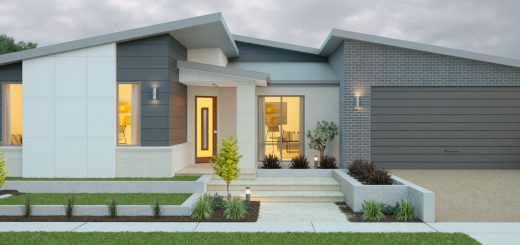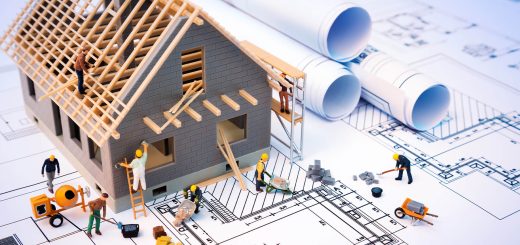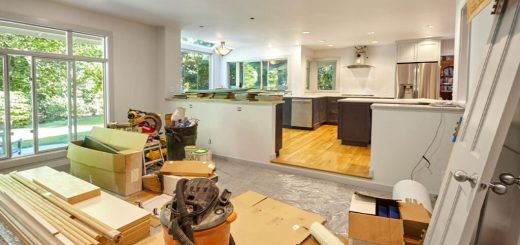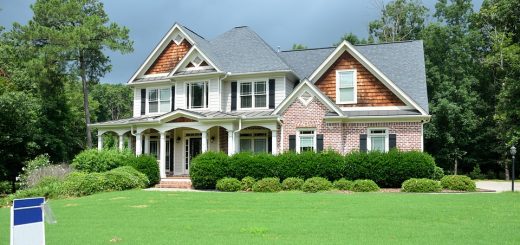Building Inspector’s Checklist: What to Expect During Your Inspection
Building inspectors play an important role in ensuring that structures are safe and meet building code requirements. They conduct visual inspections of both the interior and exterior of buildings and can identify potential safety hazards.
During a building inspection, the inspector will generally check for the following:
- Compliance with Building Codes:
Building inspectors will check to see if a structure complies with all relevant building codes. This includes codes related to the construction of the structure itself, as well as any electrical, plumbing, or other systems that are installed in the building. The inspector will look for any code violations and will make note of any areas that need to be corrected.
- Condition of the structure:
The inspector will assess the overall condition of the structure, including the condition of the foundation, walls, ceilings, and floors. They will look for any signs of damage or distress, such as cracks, leaks, or other problems. The inspector will also check for any potential safety hazards, such as trip hazards or loose railings.
- Condition of the building’s systems:
Brisbane building inspectors will check the condition of all of the building’s systems, including the electrical system, the plumbing system, the HVAC system, and the fire protection system. They will look for any signs of damage or wear and tear and will make sure that all systems are in working order.
- Condition of the building’s finishes:
The inspector will assess the condition of all of the building’s finishes, including the walls, floors, ceilings, and doors. They will look for any signs of damage or wear and tear and will make sure that all finishes are in good condition.

- Condition of the building’s site:
The inspector will assess the condition of the building’s site, including the condition of the landscaping, grading, and drainage. They will look for any signs of erosion or other problems and will make sure that the site is safe and stable.
- Condition of the building’s surroundings:
The inspector will assess the condition of the building’s surroundings, including the condition of the neighboring buildings and the surrounding area. They will look for any potential safety hazards, such as loose power lines or hazardous materials. Once the inspector has completed their assessment, they will issue a report that includes their findings and recommendations. The report will also include a cost estimate to repair any problems that were found.
- Condition of the building’s occupants:
The inspector will assess the condition of the building’s occupants, including their health and safety. They will look for any signs of distress or illness and will make sure that all occupants are safe.


















